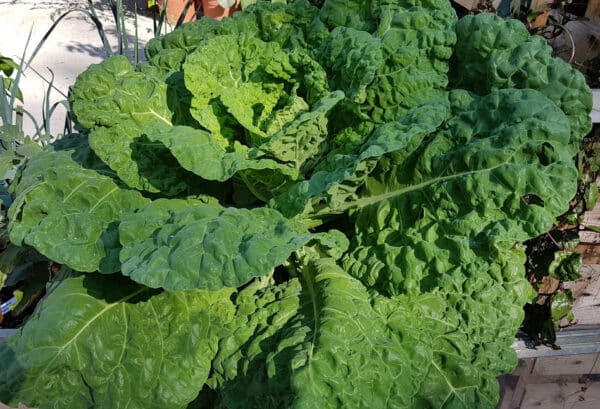How to Extend Your Harvest
Fall Planting to Extend Your Harvest
For vegetable gardeners, right now is “the most wonderful time of the year!” All your hard work from spring is now being richly rewarded. Late summer is when the bulk of varieties reach their peak, giving us so many wonderful choices for fresh, healthy meals! You can continue the bounty and extend your harvest well into autumn by planting vegetables that thrive in the cooler fall weather. Now is the time to start planning and planting!
Some benefits of fall planting include:
- Warm soil – planting in August when the ground is warm encourages germination, allowing your plants to grow more quickly
- Less watering – water doesn’t evaporate as quickly in cooler temperatures, allowing your soil to absorb and utilize water more efficiently
- Fewer pests – many harmful insects have completed their life cycles by summer’s end
How to Prepare Your Garden
Clear out any weeds before they go to seed, and remove early harvest plants that have started to fade, including any rotting fruit–these can harbor disease and pests. Next, remove any mulch before preparing your soil (if it’s in good shape, you can reuse it for fall, although you’ll probably need to add a bit more).
How to Prepare Your Soil
Fall can be a great time to test your soil to see if you have any deficiencies (you’ll find home kits at most garden stores). Your early harvest crops may have depleted some essential nutrients in your soil, but it’s not too late to amend the soil with fast acting liquid soil nutrients like Miconutrients, Liquid Iron, or Liquid Lime/Calcium. Be sure to loosen any compacted soil with Aerify Plus, a liquid soil conditioner that breaks apart tightly bonded soil particles and adds organic matter to soil, improving plant resistance to disease, insects, and weather stress.
What Vegetables Can Be Planted for a Fall Harvest?
As a general rule, plants that mature quickly and are frost-tolerant work best. Several varieties can be direct-seeded like lettuce, spinach, greens (Swiss chard, mustard, kale, collards) and root vegetables like beets, carrots, turnips, and radishes. Be sure to stagger plantings of lettuce so you don’t have an overabundance all at once.
Hardier, Brassica vegetables like broccoli, cauliflower, Brussels sprouts, kale, and cabbage can withstand temps as low as 20 degrees F°, and in fact some flavors are actually enhanced by exposure to colder temps. For best results, start seeds indoors if you can, and then transplant young seedlings to your garden.
When to Plant for a Fall Harvest
It’s important to plant at the right time for your location, so you’ll want to know the typical first frost date for your region. Check the “days to maturity” on your seed packets and count back this many days from the first frost date. You can plant earlier, of course, but consider this a “plant by” date.
A general planting guide for fall harvest:
- 10-12 weeks before first frost: Broccoli, Brussels sprouts, cabbage, carrots, cauliflower, celery.
- 8-10 weeks before first frost: Arugula, cabbage, collards, kale, lettuce, mustard greens, spinach, Swiss chard, turnips
- 6-8 weeks before first frost: Beets, radishes
Special Care
Mulch
Laying mulch around your fall plants now will keep the soil cooler in the heat of the summer and warmer in the fall as the temperatures get cooler. Mulch also helps conserve soil moisture, especially while temperatures are still hot.
Row Covers
Protect your plants from a hard frost by covering them with breathable cloth, such as a sheet. Radiant heat from the ground will keep them from freezing, just be sure to remove the cloth in the morning if daytime temperatures remain warm.
With some planning and extra care, you can continue to enjoy an abundant harvest through the end of the year! And there’s nothing like some homemade soup to take the chill out of a crisp autumn day.
Happy growing!



